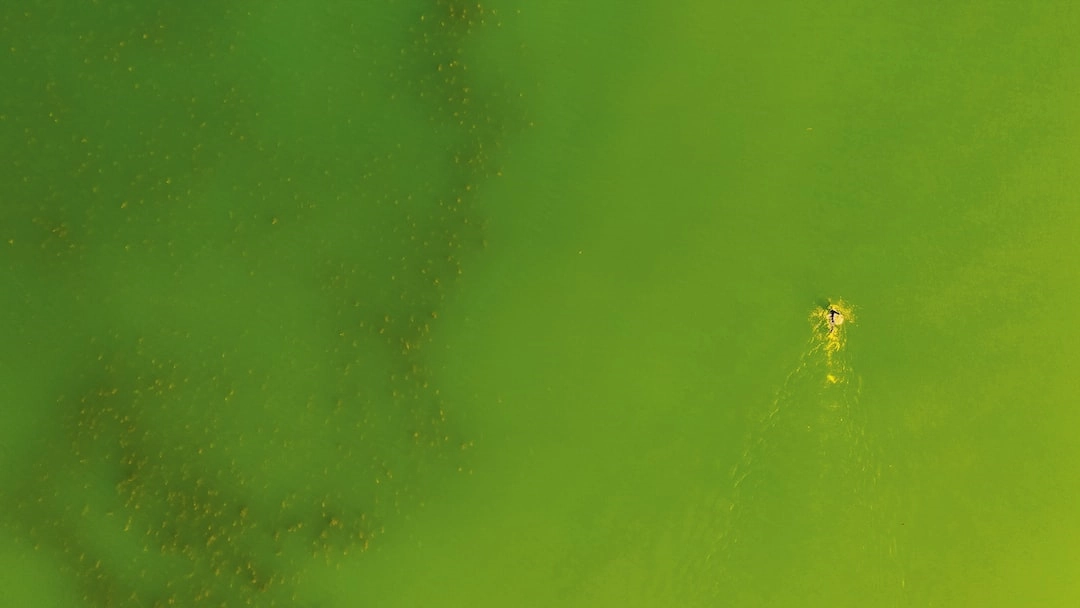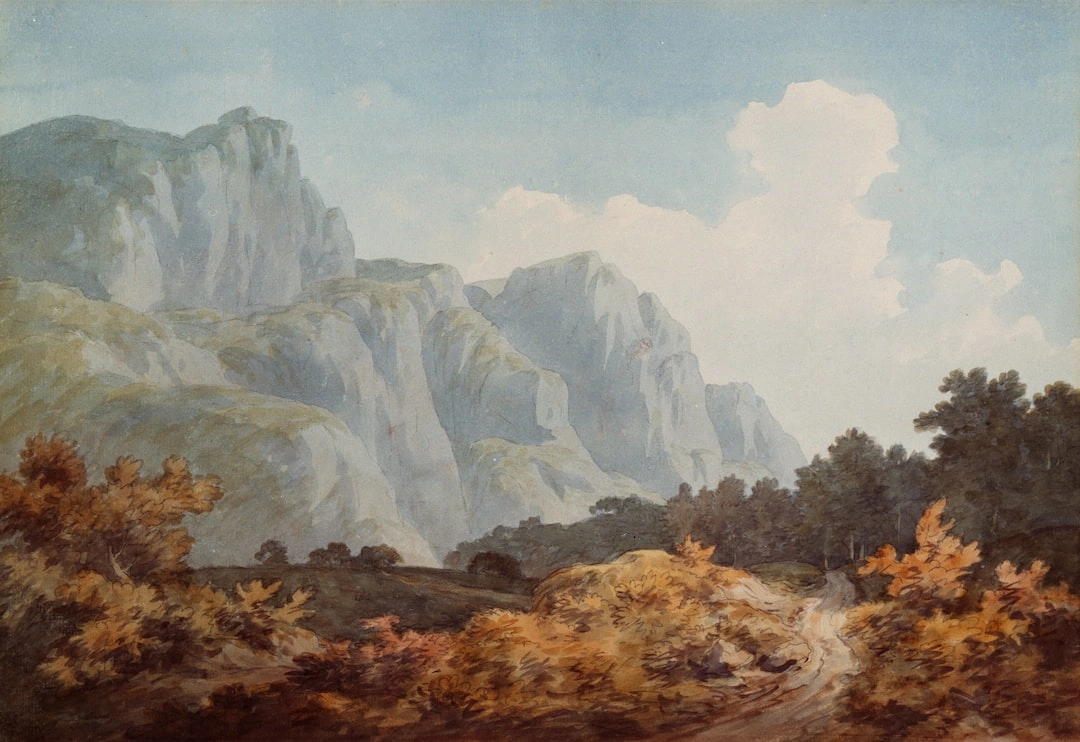What is Greening Contemporary Art?
Greening Contemporary Art refers to the practice of incorporating sustainable and environmentally conscious principles into the creation, display, and exhibition of art in the contemporary art world. It is an emerging movement that promotes awareness of environmental issues and encourages artists, galleries, and institutions to adopt eco-friendly practices that reduce their ecological footprint.
Real-World Problems Associated with Greening Contemporary Art
As the art world embraces sustainability, a number of real-world problems and challenges have emerged:
1. Material Waste
In the creation of art, artists often rely on numerous materials that generate waste and contribute to environmental degradation. Traditional art mediums, such as paints, solvents, and glues, may contain harmful chemicals that can pollute air, water, and soil. Furthermore, the disposal of artworks themselves at the end of their lifecycle can pose challenges for proper waste management.
2. Energy Consumption
Galleries and art institutions require significant amounts of energy to power lighting systems, climate control, and other necessary operations. The energy demands of art spaces contribute to greenhouse gas emissions and contribute to climate change. Additionally, art transportation, including shipping artwork for exhibitions, adds to the carbon footprint of the art world.
3. Environmental Impact of Art Materials
The extraction, production, and transportation of art materials can have environmental consequences. For example, the mining of pigments and minerals used in paints may result in habitat destruction, soil erosion, and water pollution. The carbon footprint associated with the transportation of art materials can also be substantial.
4. Lack of Education and Awareness
Many artists, collectors, and art professionals may not be fully aware of the environmental impact of their practices. Without proper education and awareness, sustainable alternatives and practices may not be adopted. This highlights the need for increased dialogue and knowledge-sharing within the art community to promote more sustainable approaches.
5. Financial Constraints
The adoption of eco-friendly practices and materials may come with additional costs, which can be a barrier for artists and art institutions with limited financial resources. The lack of affordable and accessible sustainable alternatives can impede progress in greening contemporary art practices.
6. Balancing Aesthetics and Sustainability
Artists and curators often grapple with finding a balance between artistic expression and sustainable practices. Some sustainable materials and techniques may not yield the desired aesthetic outcomes, posing a challenge in maintaining the integrity of artistic vision while prioritizing environmental sustainability.
7. Resistance and Cultural Shift
The art world, like any industry, may be resistant to change. The adoption of sustainable practices may require a cultural shift and a reevaluation of traditional norms and practices. Overcoming resistance and fostering a collective commitment to environmentally friendly art creation can be an uphill battle.

Solutions for Greening Contemporary Art
1. Material Waste Reduction
Artists and art institutions can reduce material waste by using recyclable or biodegradable materials, practicing proper waste management, and exploring alternative art mediums that have a lower environmental impact. Recycling and repurposing materials can also minimize waste and contribute to a more sustainable art practice.
2. Energy Efficiency and Conservation
Galleries and art spaces can adopt energy-efficient lighting systems, install renewable energy sources, and implement energy management strategies to reduce energy consumption. Additionally, minimizing unnecessary energy usage and optimizing climate control systems can also contribute to energy conservation.
3. Sustainable Art Materials and Supply Chains
Artists and art institutions can prioritize the use of sustainable art materials and supplies by opting for non-toxic, eco-friendly paints, inks, and adhesives. They can also support fair-trade and locally sourced materials, reducing the carbon footprint associated with transportation. Collaboration with suppliers to promote sustainable practices throughout the art supply chain is also beneficial.
4. Education and Awareness
Increasing education and awareness about the environmental impact of art practices is essential. Artists, collectors, and art professionals can participate in workshops, seminars, and forums to learn about sustainable alternatives and gain a deeper understanding of the ecological complexities of the art world. Sharing success stories and case studies can also inspire others to adopt more sustainable practices.
5. Financial Support and Incentives
The availability of financial support and incentives can encourage artists and art institutions to adopt green practices. Grants, awards, and funding programs specifically targeted towards sustainable art creation can help overcome financial barriers and promote environmentally responsible art.
6. Collaboration and Innovation
Artists, curators, and art institutions can collaborate to develop innovative solutions that merge aesthetics and sustainability. By sharing resources, knowledge, and ideas, the art community can collectively push for sustainable practices and inspire change at a larger scale.
7. Advocating for Change
Advocacy plays a crucial role in driving systemic change within the art world. Artists and art organizations can use their platforms to raise awareness about environmental issues, lobby for governmental and institutional policy changes, and encourage sustainable practices among their peers and the wider community.













